
Recently, a friend turned me on to neurographic art. In some ways, this is a new form of scribbling. Or doodling. Except it has a wonderful perk which is that it can also help us get in touch with our inner selves.
A therapeutic art form developed by Dr. Pavel Piskarev, creating art in this way connects the conscious and unconscious parts of our brain and helps us gain better control of our emotions.
“It’s an art form to capture how the inner being reacts to the outer world. [It] is a way to transform the fear and chaos of our world into something more calming and peaceful.” ~Roshanda
In my little corner of the world, anything that can transform or reduce fear and chaos is a good thing. Maybe it goes without saying, but in keeping with last month’s theme, I’m still betting we can all use a little more peace and calm in our lives right now.
So, here goes, and because I want you to see for yourself just what this artwork is all about, I’ve listed the steps, including the diagrams below, as described by Make a Mark Studios. I’ve lightly edited them for brevity.
How to Create a Neurographic Artwork
Take a mindful moment to draw a line curving around the blank space.
Create connecting points where the lines intersect. The goal is to round out the corners to create a flowing design.
Once all corners are rounded out, begin adding color. You can fill in the organic shapes with color gradients or a color scheme to help achieve a unified composition.
Then, begin using an ultra-fine point marker to add creative, intricate patterns. Making repetitive patterns can be very calming and relaxing. If you need inspiration for pattern ideas, this site recommends, tanglepatterns.com
The author of this particular piece finishes by saying:
“In my personal experience, creating this artwork was so relaxing. It was as if time seemed to float by and I was really living in the present, rather than thinking about the past or future. My breathing was even and my heart felt steady and calm. It’s amazing how art can affect our physical and mental state!”

There are lots of other ways to create art that can help achieve a sense of mindfulness. In order to get you started, I’ve gone ahead and listed a few of them below. These are from the Rocky Mountain College of Art and Design. There are plenty more on their website if you want to check it out.
Mandala Drawing
A mandala is a 2D, circular drawing that can contain patterns, sketches, or additional drawings inside. There are no hard rules when it comes to creating them, so don’t be afraid to get creative. According to a study done by the National Library of Medicine, mandala drawing has the power to reduce negative emotions in its creators.
You can also choose to color already hand drawn mandalas. I’ve provided some in the pdf below.
Collage Making
Grab the scissors and glue! Using images and words from magazines and newspapers, create a collage that reflects your personality and identity. Going digital? You can use Adobe Photoshop or Canva.
Journaling with Art
Combine art and writing by creating a visual journal. Use drawings, paintings, or collages to explore your emotions, while writing your thoughts and experiences alongside your artwork.
Zentangle Art
Zentangle art is a method of creating intricate patterns in a structured and repetitive way, oftentimes with abstract shapes. Using just pen and paper, it can be a calming and meditative practice that can help you focus and find peace.
I would add that doodling in and of itself is another great way to destress, and you can lose yourself in a number of continuous shapes as spirals, bubbles, waves, chains, and simple flowers.
Vision Boards
Similar to creating a collage, a vision board can contain a wide variety of images, words, and art and represents your dreams and aspirations. Vision boards can serve as daily reminders of what you wish you accomplish in life.
Emotions Wheel
Creating an emotions color wheel can be a meaningful way to represent your feelings in a creative manner.
PLUS, for the writers among us, this is a great way to tackle your character’s first, second, and third tier emotions as you write your story. The Emotions Wheel below is taken from Dr. Ken McGill’s website, Ten steps to improve your Emotional Self-Awareness using the Emotions and Feelings Wheel. It’s one of the cooler looking wheels I’ve found.
As for how I choose to destress, I continue to knit. It is. Just. So. Relaxing. Okay, maybe it’s not all that enjoyable when I have to search through Youtube videos to learn how to make a particular loop, but when I’m simply knitting along, row after row (after row), it’s heaven.
Below is a sweater I’m making for David. I just started work on one of the sleeves. While I have the front and back panels done, I still have to knit the neck, stitch both panels together, and complete and add both sleeves. David says, when I finish it, he’s never taking it off! (swoon 😂). That’s what you get with 28 years of marriage, folks.
Here’s what it should look like when it’s finished. I’m getting there!
Please feel free to send me your thoughts on how you relax and remain mindful when your stressed out. I’d love to hear them, and I’ll post as many as I can in the spirit of helping us all to breathe easier, be more available, and love more freely.
As always, thank you so much for reading! Until next month!
If you’d like to read more of The Sanguine Psychologist, hit the Subscribe button at the top of the page. Since I rarely post on Substack’s Chats, Notes, or Threads, the reason one would Follow a creator on this platform, you won’t see my published posts in your inbox unless you Subscribe! Thanks again!
xoxo
Maria




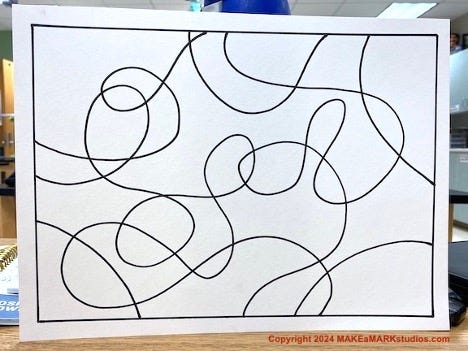
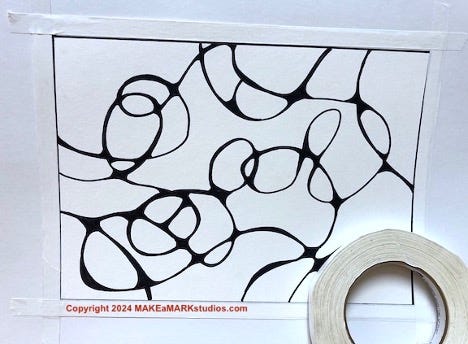



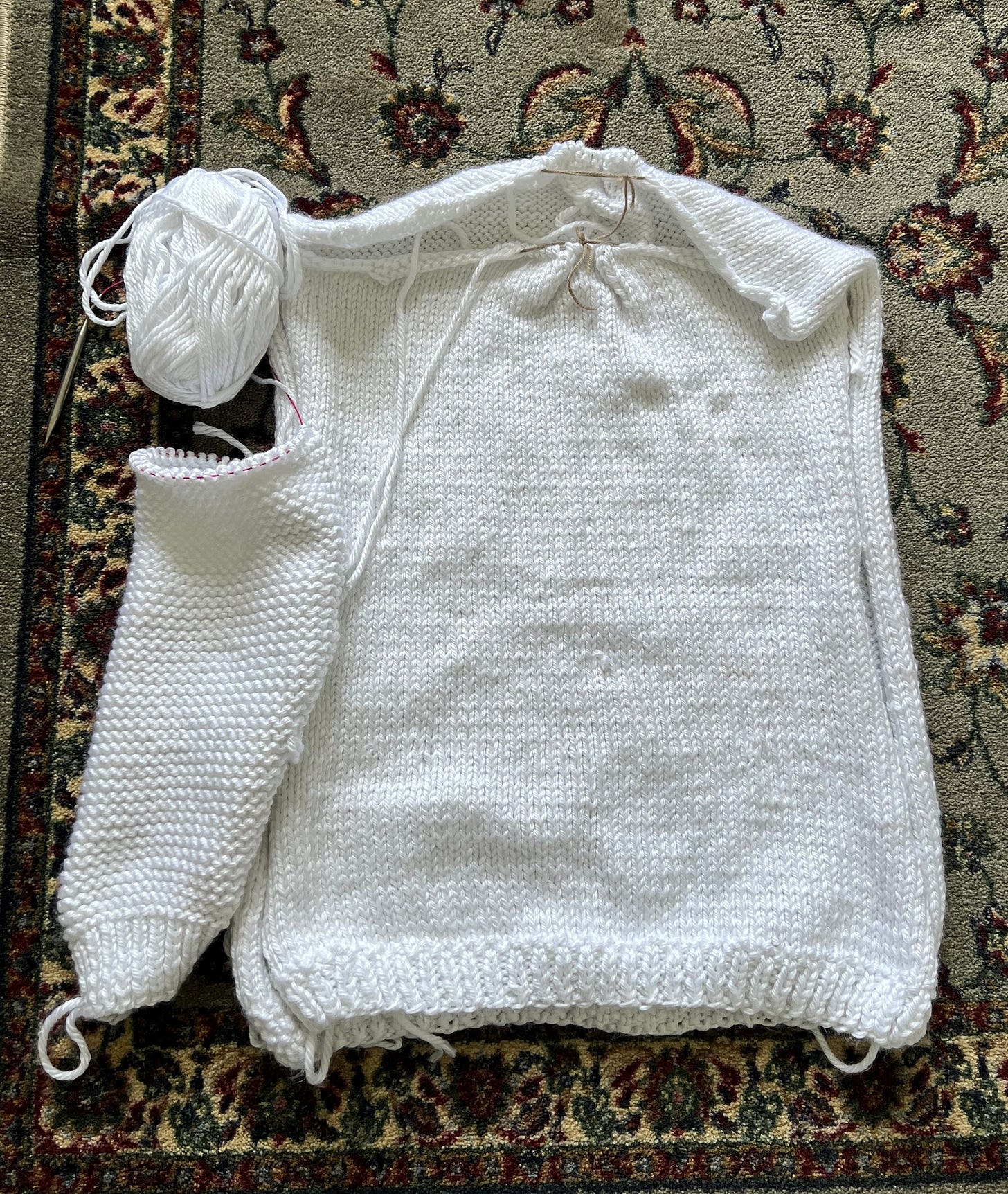


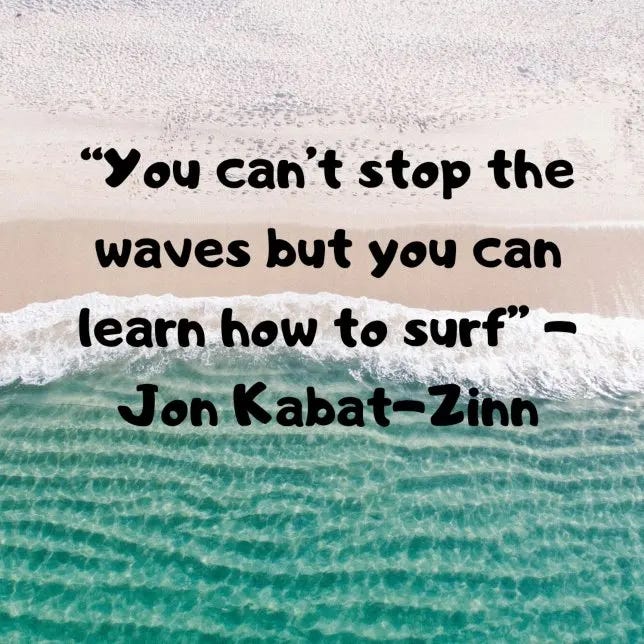
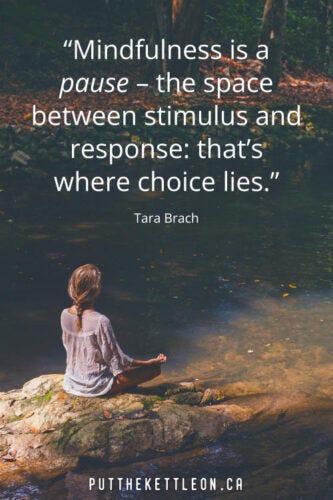
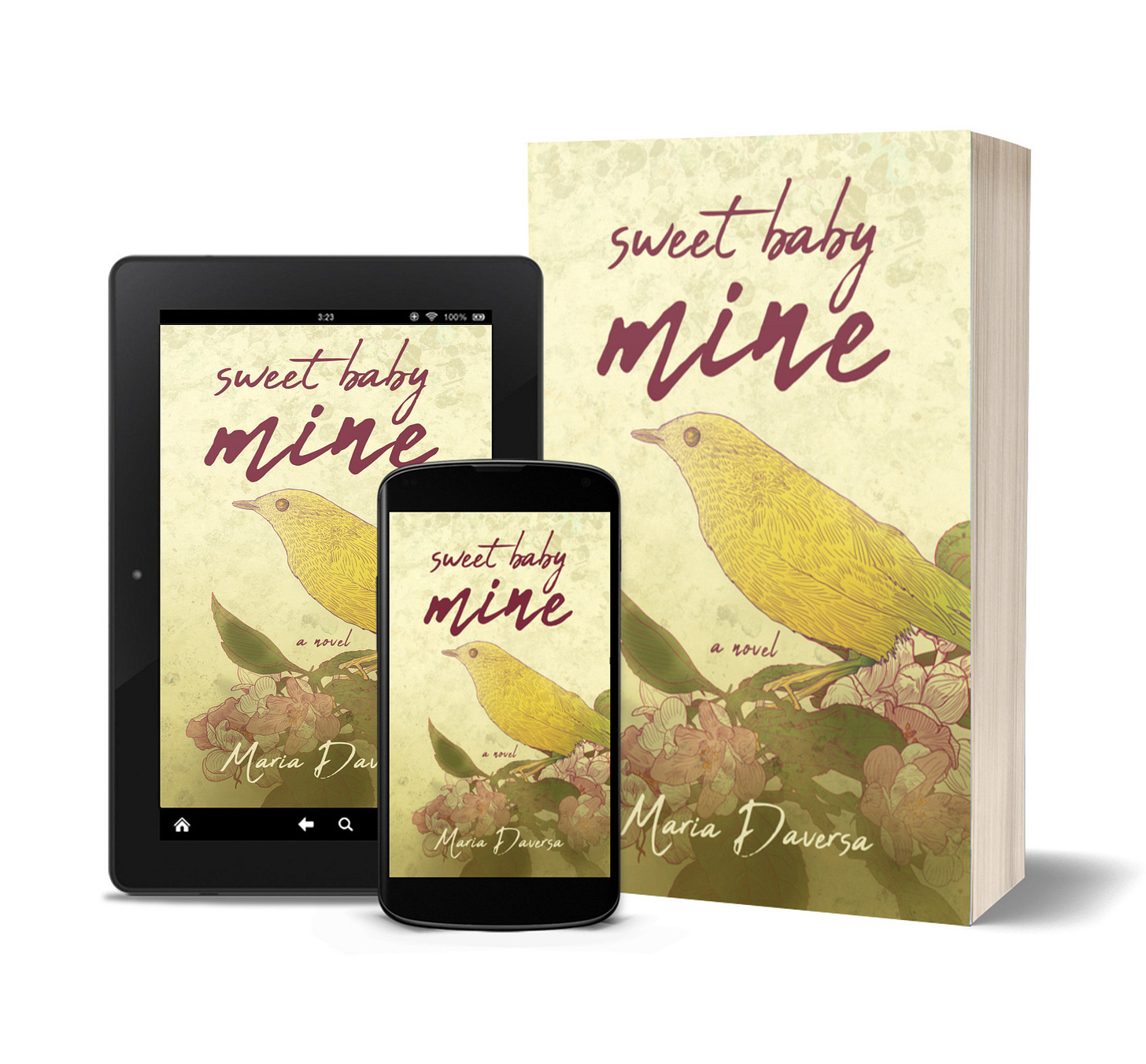
Love the sweater-in-progress, Maria! What a fantastic way to relax and create something beautiful!
I’ve always been a doodler (especially in boring business meetings)—now I know why!
I relax when I change my routine and do something slowly. It helps me connect with physical sensations. Thanks for making me think about this.
I'm going to try it. I need to get rid of LOADS of stress!!